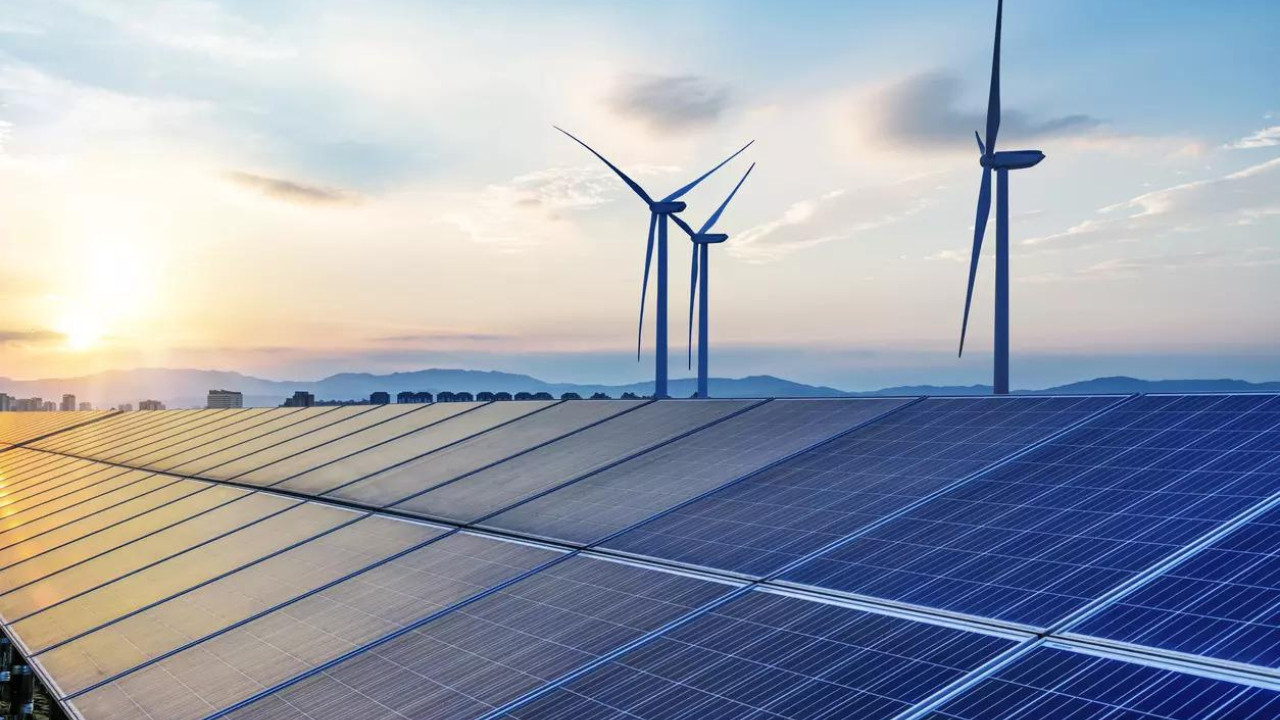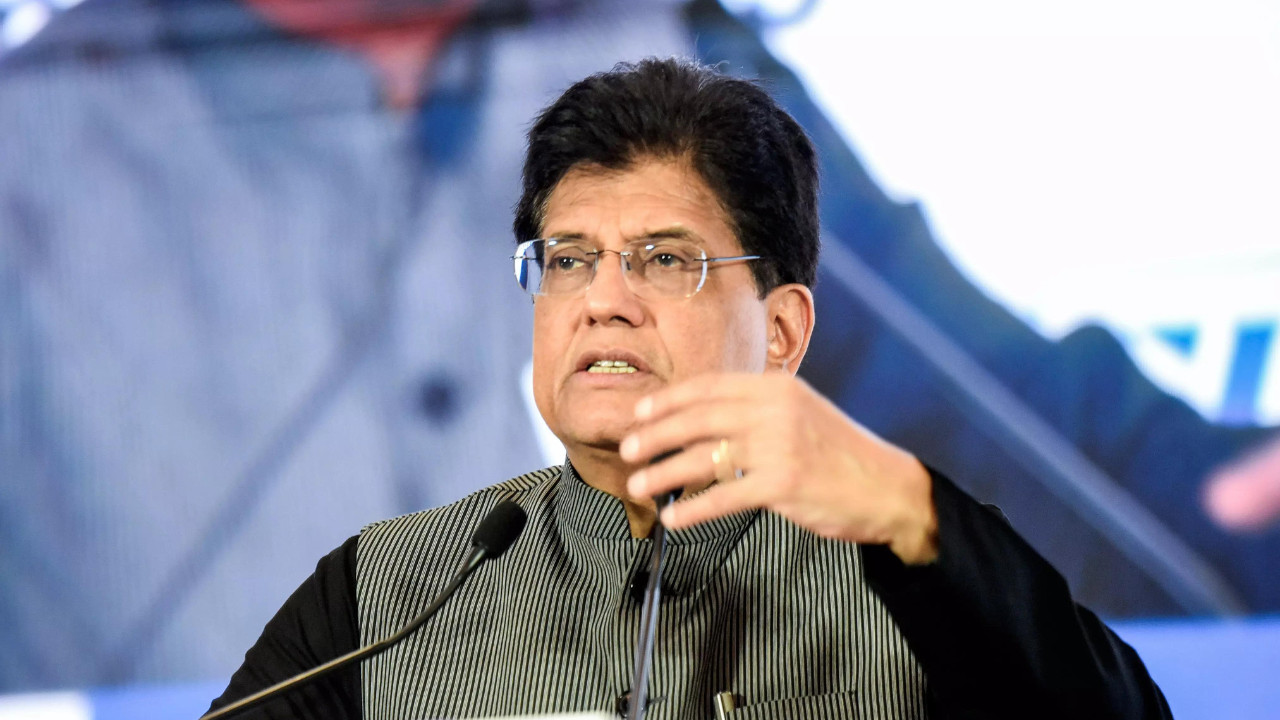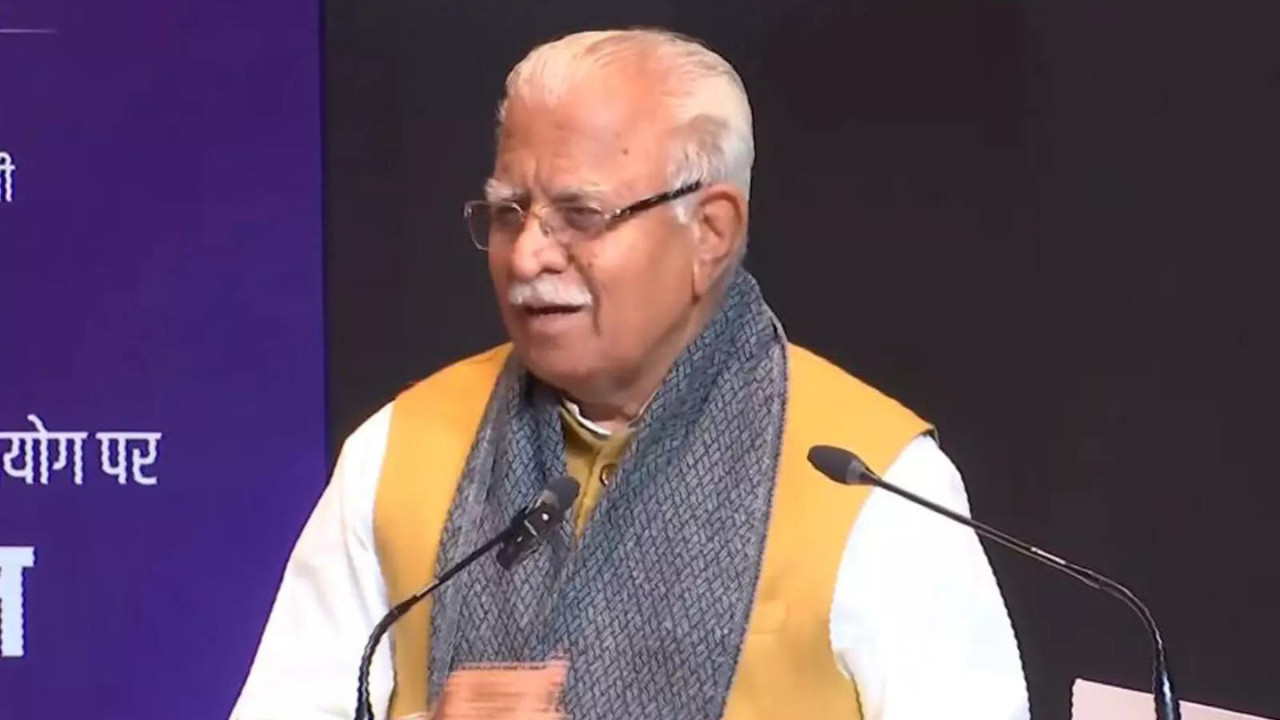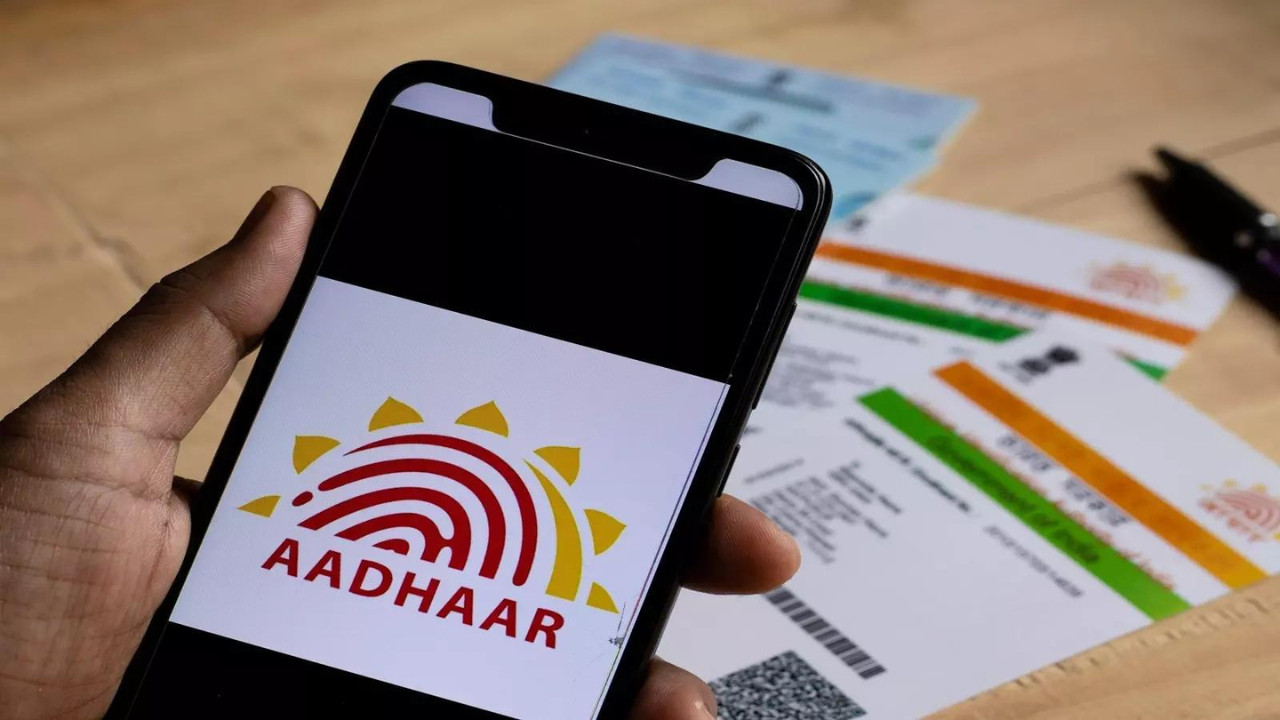INSPACe has granted Elon Musk’s Starlink a five-year license to provide satellite-based internet services in India, marking a significant step for the company since it began targeting the Indian market in 2022. This authorization allows Starlink to utilize its Gen1 constellation over Indian territory, positioning it among the key players in India’s expanding satellite broadband sector.
Blast Off! Starlink Finally Lands in India with In-Space License
For years, the promise of high-speed internet access reaching even the most remote corners of India hung tantalizingly in the air. Now, that promise is closer than ever. Elon Musk’s Starlink has officially received the green light, securing its coveted in-space license from the Indian government. This clears the way for the satellite internet provider to finally launch its services across the nation, marking a significant leap forward in bridging the digital divide.
The buzz around Starlink’s arrival has been building for quite some time. Think about it: connecting far-flung villages, enabling online education for students in underserved areas, and empowering businesses to thrive regardless of location. This isn’t just about faster downloads; it’s about opportunity, inclusion, and a more connected India.
What This In-Space License Means for India
This license, granted for a period of five years, authorizes Starlink to operate its satellites over Indian territory. In simpler terms, it means Starlink can now legally provide internet services using its constellation of low-Earth orbit (LEO) satellites. This is a crucial step, as it allows Starlink to beam down internet signals to user terminals installed on the ground. The Department of Telecommunications (DoT) has meticulously reviewed Starlink’s application, ensuring it aligns with existing regulations and national security concerns. This careful vetting process is essential for integrating new technologies into India’s telecommunications landscape.

Why Satellite Internet in India is a Game Changer
India has made impressive strides in expanding internet access, but significant challenges remain. Many rural and remote areas are still hampered by a lack of reliable infrastructure, making it difficult to deploy traditional fiber optic or mobile networks. This is where satellite internet shines. It offers a viable alternative, bypassing the need for extensive ground infrastructure and delivering connectivity directly from space.
Imagine farmers accessing real-time market prices, doctors conducting telemedicine consultations in remote clinics, or students participating in online classes from their villages. The potential impact is enormous. Moreover, satellite internet can provide a crucial backup during natural disasters, when terrestrial networks are often disrupted.
Addressing the Competition and the Challenges Ahead
Starlink won’t be the only player in the Indian satellite internet market. Several other companies are vying for a piece of the pie, including Bharti Airtel-backed OneWeb. Competition is generally good for consumers, as it drives innovation and lowers prices. However, Starlink’s established track record and massive satellite constellation give it a distinct advantage.
Despite this exciting development, challenges remain. One key concern is affordability. The cost of Starlink’s user terminals and monthly subscription fees could be a barrier for many potential customers, particularly in rural areas. The company will need to address this issue to ensure its services are accessible to a wider population. Another challenge is navigating the regulatory landscape, which is constantly evolving. Starlink will need to work closely with the Indian government to ensure compliance with all applicable laws and regulations.
We should also consider the potential impact on local internet service providers (ISPs). While Starlink will primarily target underserved areas, its presence could still disrupt the existing market dynamics. It’s crucial for policymakers to create a level playing field that fosters healthy competition while protecting the interests of local businesses.
Looking Ahead: The Future of Connectivity in India
Starlink’s in-space license is a major milestone, but it’s just the beginning. The company now faces the task of deploying its services across India, building its ground infrastructure, and onboarding customers. This will require significant investment and logistical planning.
But the potential rewards are immense. Starlink has the opportunity to transform the way India connects, empowering individuals, businesses, and communities across the country. This marks a significant step towards a truly digitally inclusive India, where access to information and opportunity is no longer limited by geographical constraints. The next few years will be crucial as Starlink begins its operations and demonstrates its ability to deliver on its promises. India is watching, and the world is waiting to see how this ambitious project unfolds. As satellite internet in India takes off, the possibilities are truly limitless.







